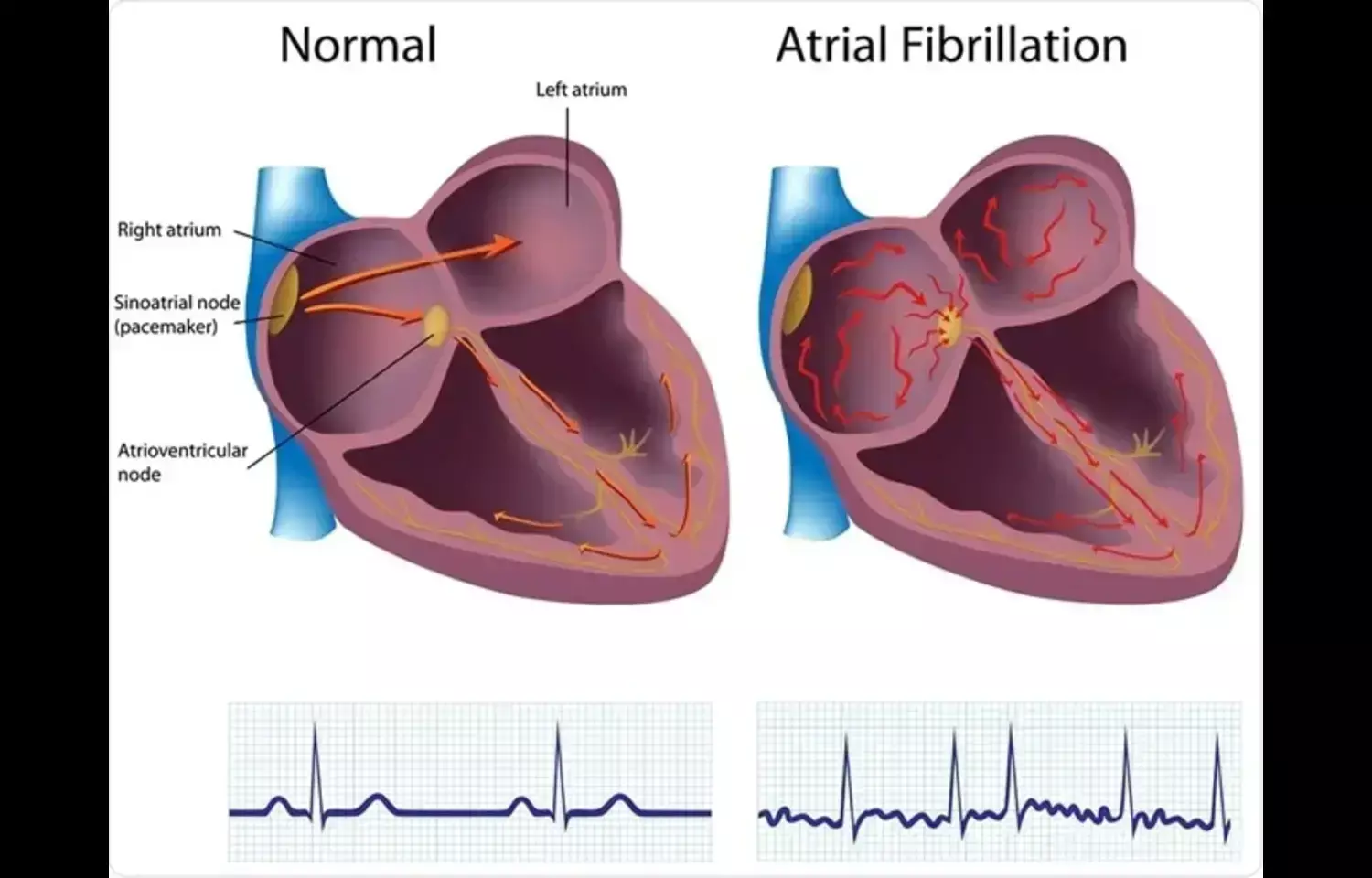- Home
- Medical news & Guidelines
- Anesthesiology
- Cardiology and CTVS
- Critical Care
- Dentistry
- Dermatology
- Diabetes and Endocrinology
- ENT
- Gastroenterology
- Medicine
- Nephrology
- Neurology
- Obstretics-Gynaecology
- Oncology
- Ophthalmology
- Orthopaedics
- Pediatrics-Neonatology
- Psychiatry
- Pulmonology
- Radiology
- Surgery
- Urology
- Laboratory Medicine
- Diet
- Nursing
- Paramedical
- Physiotherapy
- Health news
- Fact Check
- Bone Health Fact Check
- Brain Health Fact Check
- Cancer Related Fact Check
- Child Care Fact Check
- Dental and oral health fact check
- Diabetes and metabolic health fact check
- Diet and Nutrition Fact Check
- Eye and ENT Care Fact Check
- Fitness fact check
- Gut health fact check
- Heart health fact check
- Kidney health fact check
- Medical education fact check
- Men's health fact check
- Respiratory fact check
- Skin and hair care fact check
- Vaccine and Immunization fact check
- Women's health fact check
- AYUSH
- State News
- Andaman and Nicobar Islands
- Andhra Pradesh
- Arunachal Pradesh
- Assam
- Bihar
- Chandigarh
- Chattisgarh
- Dadra and Nagar Haveli
- Daman and Diu
- Delhi
- Goa
- Gujarat
- Haryana
- Himachal Pradesh
- Jammu & Kashmir
- Jharkhand
- Karnataka
- Kerala
- Ladakh
- Lakshadweep
- Madhya Pradesh
- Maharashtra
- Manipur
- Meghalaya
- Mizoram
- Nagaland
- Odisha
- Puducherry
- Punjab
- Rajasthan
- Sikkim
- Tamil Nadu
- Telangana
- Tripura
- Uttar Pradesh
- Uttrakhand
- West Bengal
- Medical Education
- Industry
Lactate-to-Albumin Ratio Predicts Mortality in Hypertensive Patients with AF: Study

In critically ill patients with hypertension and atrial fibrillation (AF), the lactate-to-albumin ratio was found to be an independent predictor of 28-day mortality. Since traditional prognostic markers may not adequately capture risk in this group, the ratio could serve as a useful tool for improved prognosis.
The authors noted that traditional risk markers often fail to fully capture short-term mortality risk in this population, who are prone to both cardiovascular and systemic complications. By evaluating lactate and albumin levels at admission, the study aimed to determine whether their ratio could serve as a reliable predictor of 28-day mortality and assist clinicians in identifying high-risk patients.
The study found that an elevated lactate-to-albumin ratio was independently associated with increased 28-day mortality in hypertensive patients with AF. Lactate serves as an indicator of tissue hypoperfusion and metabolic stress, while albumin reflects nutritional and inflammatory status. Combining these measures into a single ratio provides a more comprehensive assessment of patient condition than either marker alone.
The authors suggest that using this ratio could help clinicians identify patients at heightened risk early, enabling more timely interventions, closer monitoring, and potentially improved outcomes in intensive care or high-dependency settings.
According to Wu et al., incorporating the lactate-to-albumin ratio into clinical practice could strengthen prognostication and guide management decisions in hypertensive patients with AF.
The findings highlight how simple, routinely measured laboratory markers can be leveraged to improve risk stratification in complex patient populations. While the authors recommend further studies to validate the results in broader cohorts and diverse clinical settings, the lactate-to-albumin ratio emerges as a promising, accessible tool to enhance clinical decision-making and optimize care for critically ill patients.
Reference:
Wu R, Xing B, Zhou Z, et al. Lactate-to-albumin ratio and 28 day mortality in hypertensive patients with atrial fibrillation: a retrospective cohort study. European Journal of Medical Research. 2025;30:845. doi:10.1186/s40001-025-03170-6
Dr. Shravani Dali has completed her BDS from Pravara institute of medical sciences, loni. Following which she extensively worked in the healthcare sector for 2+ years. She has been actively involved in writing blogs in field of health and wellness. Currently she is pursuing her Masters of public health-health administration from Tata institute of social sciences. She can be contacted at editorial@medicaldialogues.in.
Dr Kamal Kant Kohli-MBBS, DTCD- a chest specialist with more than 30 years of practice and a flair for writing clinical articles, Dr Kamal Kant Kohli joined Medical Dialogues as a Chief Editor of Medical News. Besides writing articles, as an editor, he proofreads and verifies all the medical content published on Medical Dialogues including those coming from journals, studies,medical conferences,guidelines etc. Email: drkohli@medicaldialogues.in. Contact no. 011-43720751


